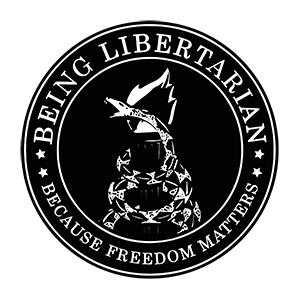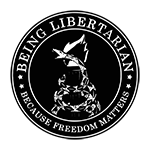This is a standard rule in economics. If we wish to influence someone’s choice, we can incentivize the favored option to increase the possibility of it being chosen. Likewise, we can disincentivize the unfavored option to reduce the likelihood of it being chosen. A common analogy to this is the carrot and the stick. If we want a mule to move forward, we can either use the carrot, the incentive, or the stick, the disincentive. In this manner, we can analyze a group of people and predict their choices based on the environment around them.
Granted, these predictions are not 100% accurate. Free will allows us to make our own decisions despite incentives. We are not always rational, and there can always be incentives unknown to us when making a choice. Regardless, known incentives will always increase our chances of making a choice favoring such incentives.
So what exactly is the Incentive Test?
The Incentive Test measures if a group of people can reach a desired objective through the structure of the organization or society they are a part of. If we use this test to analyze the typical nonprofit volunteer charity, we can see that it will easily pass the Incentive Test.
Do the members of the group care about helping the poor? Very likely. If the organization survives on volunteer work, then only people that care about the cause will volunteer to be part of it.
Do the members of the group profit when the poor are helped? Yes they do. A successful charity can boast its accomplishments and use them to bring in more volunteers and donations. If potential donors are going to give to a charity, they’ll want to make sure that their money is going to be used efficiently and effectively.
Is the ultimate end goal a positive? More likely than not. Eliminating poverty or hunger is certainly part of many charities’ objectives. But how would the charity be harmed if these were reached? The charity would either move to a different goal, or it would close up as it becomes obsolete. No organization wishes to eliminate itself, but it’s unlikely that in the midst of the end of hunger or poverty (as abstract and subjective as that concept is), volunteers will be losing sleep over an end to unpaid work.
Is unethical behavior rewarded? Not really. There are many corrupt charities out there. But all charities are subject to market forces. Charities are ranked by agencies like CharityWatch that affect reputation. A charity with a reputation for corruption or inefficiency will lose donors. High salaries raise overhead costs, which will also hurt a charity’s reputation.
So, overall, private charities have the proper incentives in place to accomplish their desired goals. But what about government charities? How do public welfare programs compare to private charities under the Incentive Test? If we apply these same four questions to the public welfare system, we’ll find the results are not nearly as positive.
Do the members of the group care about helping the poor? Maybe, but there’s no way to guarantee. Public welfare programs are run by employees, not volunteers. Unlike voluntary charities, we cannot guarantee that these people would still be there without a paycheck. We also know that citizens that wish to take action to help the poor think to donate to a charity or volunteer at a private one. They don’t think to get a government job.
Do the members of the group profit when the poor are helped? Quite the opposite, actually. Publically funded organizations grow in size by proving there is a need for a bigger budget. If poverty increases, politicians make the case that more money needs to be spent on the war on poverty. As poverty increases, there appears to be an obvious need for more government programs. If welfare programs are successful and poverty decreases, funding is cut. To a government agency, a surplus is money that won’t be seen again.
Is the ultimate end goal a positive? Ending poverty is the worst possible outcome for a government welfare program because everyone desires job security. Volunteers aren’t depending on their volunteer work to survive. The people in public organizations are. Imagine running a business by teaching your employees that the reward for hard work is termination?
Is unethical behavior rewarded? Not necessarily rewarded, but not kept in check. Regardless of the ethics of government in itself, there is no competition for government agencies. Welfare programs are treated as ultimate agencies that can do no wrong. If they don’t work, they must not have enough funding! This means that regardless of your opinion on the agency, you must fund them. This removes disincentives that would reduce corrupt practices.
By using the Incentive Test, we can see that private charity is much more likely to have a positive impact on poverty than public welfare programs. There are many positive incentives for private charity to help the poor, but in the public sector, these incentives are absent or even replaced by disincentives. By measuring incentives between public and private in other areas, we can see where government is effective (if at all) and where things should be left to the free market.
* Nathan A. Kreider is the Spring 2016 – Spring 2017 President of the Young Americans for Liberty chapter at Lock Haven University of Pennsylvania. He runs nkreider.com and tweets from @LibertyNAK regularly.








